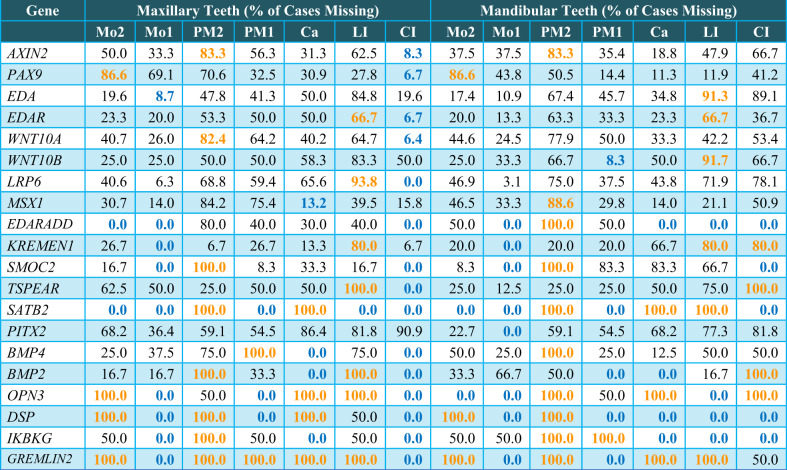1Dental Research Laboratory, University of Michigan School of Dentistry, Ann Arbor, MI USA
2Department of Second Dental Center, Shanghai Ninth People’s Hospital, Shanghai Jiao Tong University School of Medicine; College of Stomatology, Shanghai Jiao Tong University; National Center for Stomatology; National Clinical Research Center for Oral Diseases; Shanghai Key Laboratory of Stomatology, Shanghai, China
3Department of General Dentistry, Shanghai Ninth People’s Hospital, Shanghai Jiao Tong University School of Medicine; College of Stomatology, Shanghai Jiao Tong University; National Center for Stomatology; National Clinical Research Center for Oral Diseases; Shanghai Key Laboratory of Stomatology, Shanghai, China
4Orthodontic and Pediatric Dentistry, University of Michigan School of Dentistry, 1011N. University Ave, Ann Arbor, MI USA
5Mott Children’s Health Center 806 Tuuri Place, Flint, MI USA
6Department of Pedodontics, Faculty of Dentistry, Istanbul University, Istanbul, Turkey
7Department of Molecular Genetics & Dental Research Institute School of Dentistry, Seoul National University, Seoul, Korea
8Department of Pediatric Dentistry & Dental Research Institute School of Dentistry, Seoul National University, Seoul, Korea
9Department of Paediatric Dentistry, Women’s and Children’s Hospital, North Adelaide, SA Australia
10Department of Medical Genetics, Joe DiMaggio Children’s Hospital, Hollywood, FL USA
11Department of Oral Implantology, Shanghai Ninth People’s Hospital, Shanghai Jiao Tong University School of Medicine; College of Stomatology, Shanghai Jiao Tong University; National Center for Stomatology; National Clinical Research Center for Oral Diseases; Shanghai Key Laboratory of Stomatology, Shanghai, China
© The Author(s) 2021
Open Access This article is licensed under a Creative Commons Attribution 4.0 International License, which permits use, sharing, adaptation, distribution and reproduction in any medium or format, as long as you give appropriate credit to the original author(s) and the source, provide a link to the Creative Commons license, and indicate if changes were made. The images or other third party material in this article are included in the article’s Creative Commons license, unless indicated otherwise in a credit line to the material. If material is not included in the article’s Creative Commons license and your intended use is not permitted by statutory regulation or exceeds the permitted use, you will need to obtain permission directly from the copyright holder. To view a copy of this license, visit http://creativecommons.org/licenses/by/4.0/.



